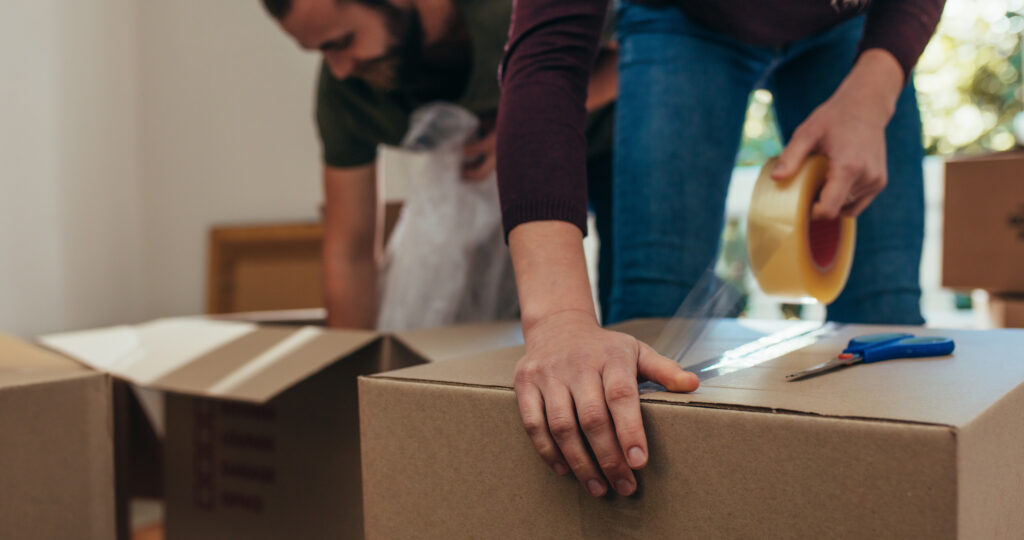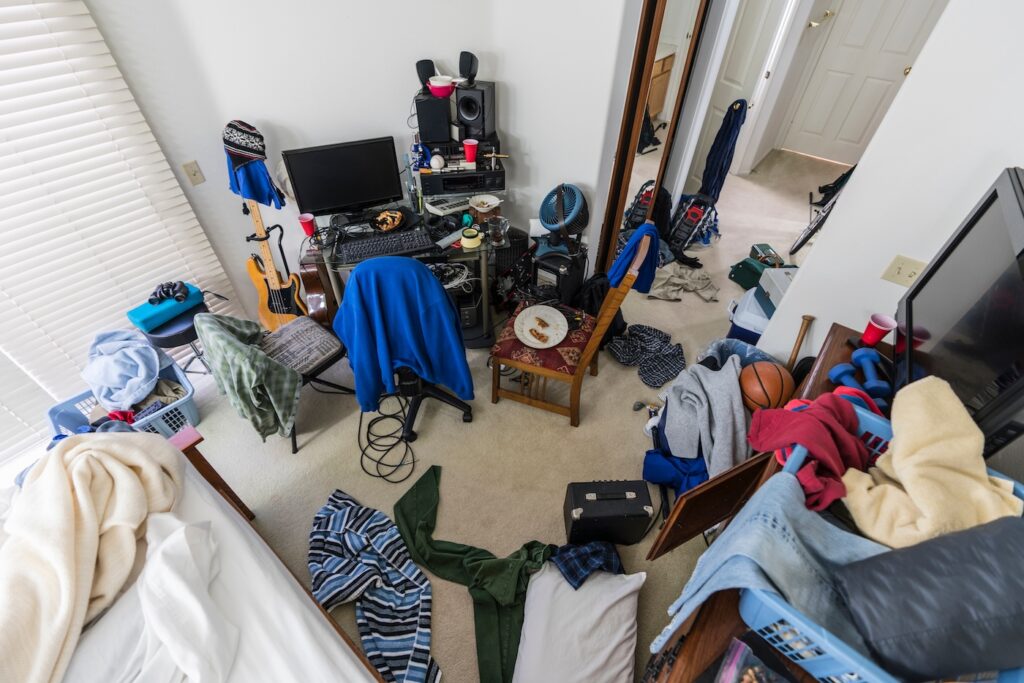Buying a house is one of the biggest decisions you can make. It requires careful planning, consideration, and a bit of gumption! If you’re feeling overwhelmed at the prospect of buying your first home, have no fear: our guide for first-time home buyers is here to help get you into your dream home.
Here are 11 steps you should take before purchasing your first home:
1. Get a Realtor
The first step you should take when beginning your search is to find a realtor. They can help you find your dream home at a great price.
What is a realtor exactly? A realtor acts as the agent who helps you purchase (or sell) a home and is typically licensed by a national or state association. You should consider hiring a realtor especially if you’re buying your first-ever home. In general, realtors make commission when a home is sold (usually paid by the seller).
2. Determine a Down Payment
It’s difficult (or even impossible) to make a home purchase without a significant down payment. A down payment is the cash you pay upfront when purchasing a home. Generally, a down payment costs 3%-20% of the purchase price.
Work with your mortgage company to determine how much your down payment should be. Usually the higher down payment you make, the lower your interest rate is.
3. Research Your Price Range
One of the most important steps in buying your first home is determining how much you can afford to spend each month on your mortgage. To figure out how much you can afford per month, you should first determine your DTI (debt to income ratio). Take your monthly debts (costs) and divide by your monthly income. The resulting number (a decimal or percentage) is your DTI number. For example:
- John earns $4000 per month (pre-tax). His monthly expenses are around $2000 per month. ($2000 / $4000 = .50 or 50%). His debt to income ratio is 50%.
Typically, mortgage lenders prefer if your DTI is 50% or lower. This is the first step in determining what you can afford and if you’ll be able to obtain a mortgage loan.
The next step in determining your price range is to factor in other monthly expenses that come with buying a house: property taxes, insurance, and home maintenance costs. Once you’ve added up your mortgage, taxes, insurance, and maintenance costs, add these to your preexisting costs (food, utilities, etc.), and you’ll have the cost of owning (and living in) a house each month.
4. Find A Mortgage Lender
Now that you have a good idea of costs, it’s time to find a mortgage lender. Unless you’ve got the full cost of your home in cash, the majority of new homebuyers need a lender. Research lenders and find the one that’s right for you. Once you do, apply for pre-approval.
Pre-approval is when a mortgage lender decides how much you’ll be able to borrow when purchasing a home. This determination will be based on your income, credit score, and assets. They may also take into consideration your debts and overall credit history.
5. Select Several Home Options
The next step in the process is to find possible homes you’d like to buy. This can be a really exciting step, as you get to explore lots of potential new homes! While it’s fun to explore, it’s important to remember that buying a home can be a competitive process— don’t get too attached to a single home.
Select a list of 10+ houses, and use sites like Zillow and Redfin to keep track of them. Once you’ve selected a list of houses, you can start to send inquiries and schedule tours.
6. Hire a Lawyer (if Needed)
One thing you may need to do when buying your first home is to hire a real estate lawyer (in addition to a realtor). A real estate lawyer is sometimes required to be part of the purchasing process. Look into local laws to determine if you’ll need a lawyer to help buy your home.
7. Get Your Documents Together
You’ll need several documents throughout the buying process, so be sure you have these documents accessible and in a safe place:
- Proof of income (for the past several months)
- Identification (license or passport)
- Proof of down payment
- A few years of tax returns
- Letter of recommendation (this should come from a manager at work, a former landlord, or someone trustworthy enough to provide a credible character reference)
Once you have these documents (and any other documents required by your local laws) you’re very close to being able to purchase your new home.
8. Make an Offer
Now that you’ve toured your prospective home, got your documents in order, and figured out your finances, it’s time for the big moment: to make an offer. Your realtor will help you with this process, so don’t worry too much about the particulars. Make a realistic offer based on your budget, but make sure you make one that’s competitive for the current market.
Once you’ve made your offer, the seller will accept or decline. You can sometimes make another offer if they decline, but it’s usually best to make the strongest offer you can upfront.
If the seller accepts your offer, hurrah! You’re nearly at the finish line. All you’ll need to do now is apply for your mortgage in earnest.
9. Get Final Mortgage Approval
This is one of the last steps of buying a new home (and is usually the final hurdle). Apply for final approval through your lender and provide all needed documentation. The process varies from lender to lender, but generally, by this point in the process, you’ll already have pre-approval, so it shouldn’t be too big of a concern.
Once you’re approved, there are just a few more loose ends to tie up!
10. Schedule an Inspection:
This is an often-overlooked but essential part of buying a home. Before you close and move in, schedule an inspection to ensure the property is up to code. You’ll want to get an update on the status of the plumbing and wiring in the home to make sure everything works properly.
Once this is all done, you’re just about set.
11. Close on Your Home
All that’s left now is to close on your new home! Sign all the paperwork, pay your down payment (and closing costs), and provide all necessary documentation. Sign on the dotted line, and get ready to move in!
First Time Home Buying Checklist – PDF
Want all this info in a printable PDF checklist? Download one here!
Make It Feel Like Home With Help From Taskers

All moved in? Great! We’re sure there’s a lot to do, so why not consider hiring a Tasker to help with all the move-in chores? From unpacking to cleaning, Taskers can do it all. Hire a Tasker today!














